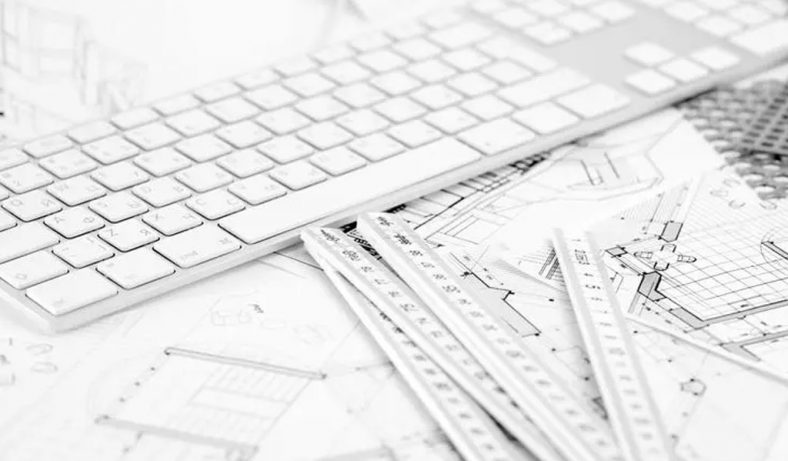
In the dynamic world of engineering, efficient and accurate production processes are essential for meeting project deadlines and ensuring optimal performance. Accelerating engineering builds while maintaining the highest level of quality can be a challenging task, especially when it comes to ensuring that all components fit seamlessly.
This article aims to guide engineers and project managers through strategies that can help expedite the production process and guarantee precise CNC part compatibility. By implementing the following techniques, professionals can streamline their workflow, minimize errors, and achieve successful engineering builds.
View More Related Articles:
Streamlining Project Planning
Efficiency in engineering builds begins with comprehensive project planning. Well-structured plans help allocate resources effectively, anticipate potential issues, and set realistic timelines. Here are key steps to consider:
- Clear Design Specifications: Precise design specifications are the foundation of any successful engineering project. Ensure that all stakeholders understand the requirements and objectives to avoid unnecessary revisions later in the process.
- Modular Design Approach: Breaking down complex designs into modular components promotes easier manufacturing and assembly. This approach enhances flexibility and scalability while facilitating part interchangeability.
- Risk Assessment: Identify potential bottlenecks and risks in the production process early on. Establish contingency plans to mitigate the impact of unexpected challenges.
- Collaborative Software Tools: Leverage project management and collaboration tools to foster communication and coordination among team members, reducing delays caused by miscommunication.
Utilizing Rapid Prototyping
Rapid prototyping has revolutionized engineering by allowing for the swift creation of physical models of designs. This process aids in visualizing concepts, identifying flaws, and ensuring compatibility of parts before initiating full-scale production. Some key points to consider include:
- 3D Printing: 3D printing technology enables engineers to produce quick prototypes, making it easier to identify design flaws and validate concepts before committing to mass production.
- Iterative Development: Rapid prototyping allows for iterative design improvements, reducing the risk of errors and enhancing part compatibility with the overall assembly.
Digital Twin Technology
Digital twin technology involves creating a virtual replica of a physical product or system. This approach offers numerous benefits for accelerating engineering builds:
- Simulation and Testing: Digital twins enable comprehensive simulation and testing of designs, reducing the need for physical iterations. This process ensures that parts fit together precisely and operate as intended.
- Predictive Maintenance: By monitoring the digital twin, engineers can anticipate maintenance needs and address potential issues before they lead to costly downtimes.
Standardization and Modularization
Standardization involves using consistent design principles and specifications, while modularization focuses on creating independent components that can be combined seamlessly. These concepts enhance efficiency in engineering builds:
- Interchangeable Parts: Standardization ensures that components can be easily replaced or upgraded, minimizing disruptions and downtime.
- Design Libraries: Maintaining a centralized repository of standardized components streamlines the design process and promotes consistent part compatibility.
- Design for Assembly (DFA): DFA principles guide engineers to design parts that are easy to assemble, reducing the risk of errors and accelerating production.
Supply Chain Optimization
A well-optimized supply chain is critical for obtaining the necessary components on time and ensuring compatibility with the rest of the assembly:
- Supplier Collaboration: Establish strong relationships with suppliers to ensure timely delivery of high-quality parts. Clear communication is essential to address potential compatibility issues.
- Vendor Managed Inventory (VMI): VMI agreements allow suppliers to monitor your inventory levels and proactively restock components, reducing the risk of production delays due to component shortages.
Advanced Metrology and Quality Control
Precise measurements and stringent quality control processes are crucial for ensuring part compatibility and minimizing errors during assembly:
- Coordinate Measuring Machines (CMM): CMM technology allows for accurate measurements of complex parts, verifying that they meet design specifications.
- Automated Inspection: Implement automated inspection systems to identify defects and discrepancies early in the production process, preventing issues that could arise during assembly.
Collaboration and Communication
Efficient collaboration and clear communication among all stakeholders play a pivotal role in ensuring smooth engineering builds:
- Cross-Functional Teams: Form interdisciplinary teams to ensure that designs account for various perspectives, minimizing the risk of oversight and incompatibility.
- Regular Checkpoints: Schedule regular review meetings to track progress, address concerns, and make necessary adjustments before issues escalate.
Continuous Improvement and Feedback Loops
Embrace a culture of continuous improvement by incorporating feedback loops and lessons learned into the engineering build process:
- Post-Project Analysis: After completion, conduct a thorough analysis of the project’s successes and challenges. Document lessons learned to inform future builds.
- Feedback Integration: Encourage all team members to provide feedback on design and production processes, fostering an environment of collaboration and improvement.
Accelerating engineering builds and ensuring precise part compatibility are paramount for meeting project deadlines, maintaining quality, and achieving success in today’s fast-paced engineering landscape. By implementing strategies such as streamlined planning, rapid prototyping, digital twin technology, standardization, supply chain optimization, advanced metrology, and continuous improvement, professionals can navigate the challenges of complex builds with confidence. As technology continues to advance, engineers have more tools at their disposal than ever before to optimize their processes and create designs that not only fit seamlessly but also exceed expectations.
